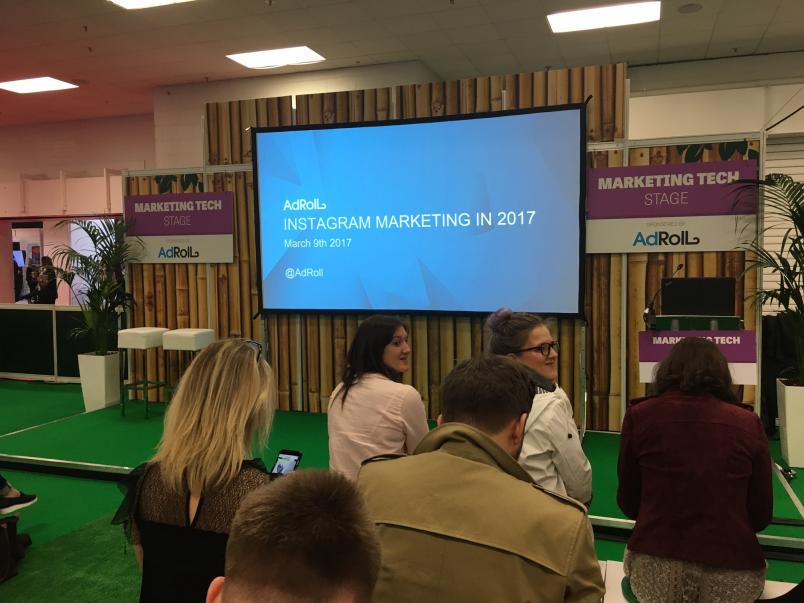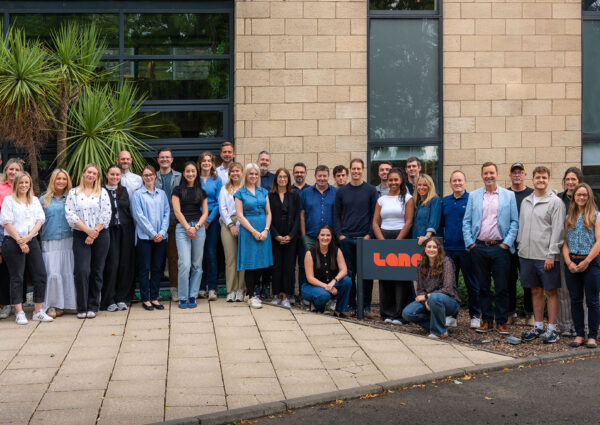Buzzwords, Buzz Phrases & Buzzy Environments: Marketing Week Live 2017
Ria Dunlop • 27th Mar 2017
A couple of weeks ago, I attended Marketing Week Live in London. Marketing Week Live is an annual event hosting a series of 20-40 minute ‘Marketing Shorts’, coupled with stands of exhibitors looking to gain five minutes of your attention.
Knowing it was going to be impossible to achieve everything in one day, I was keen to digest as much information as possible and note key take home notes. After downloading the Marketing Week Live app, it was clear that I’d be spending the majority of my time at the Marketing Tech stage, championed by the social media giants, Facebook and Instagram, as well as attribution platforms and content marketing specialists.

For me, a key part of digital media planning is to ensure that we are constantly operating within the latest trends in the market, creating foresight to predict what is coming next and how we can capitalise on it for the benefit of our growing client base. It’s crucial that clients see the value of using an agency for the latest digital media developments and with that, the insight and creative thinking we bring. For example, how we can customise the latest social advertising format or use new tools to constantly improve digital media attribution?
Buzzwords are commonplace in marketing and ‘agile’, ‘live streaming’ and ‘sticky content’ were used religiously throughout many presentations, followed by advice on ‘how to make your live stream video agile enough to ensure it creates sticky content’. Ouch.
As ever, whilst there remain some unanswered questions, there were some useful nuggets of information that got the cogs turning. How could I use this information to help shape a new idea for an upcoming client campaign or add a new level to their ‘always on’ strategy?
As digital marketers, we are consistently challenged on results and asked ‘How does this compare to industry benchmarks?’ ‘How long should my video content be?’ ‘How do I know that every click, share, or engagement is completed by someone in my target audience?’ It’s these difficult questions that mean we must align ourselves with how typical consumers digest media today and move with them.
Video was characterised as a ‘three second interview to capture someone’s attention’, demonstrating that with the average attention span peaking at 7 seconds, it’s not about running your 30 second TV advert on social media (something we see from many brands).
It’s about getting your message, logo or strap line quickly embedded in the consumer’s head and ensuring they view the content until the end.
Another key take out suggested that “video should be as short as it can be and as long as it needs to be” to meet the underlying objective. That resonated to me as there is not necessarily a ‘right’ answer, and we have long been advising that there is not a optimum round number of seconds advert for best performance on digital media. The approach should be to continually A/B test within each campaign, leading to solid learnings for future activity.
Currently, 3 out of 10 pieces of social content are video and all indications are that this figure will rise rapidly in the next few years. However, with people checking their newsfeed 14 times a day (every waking hour) on average, the third key tip highlighted the importance of ensuring that content is designed for ‘sound off’ – some may not want fellow passengers to know they are watching the latest post from LADbible.
To close, Facebook predicted that live streaming shall continue to grow and by 2019/2020, 9 out of 10 pieces of social content shall be 360 degrees panorama or alternatively, virtual or augmented reality. My colleagues and I are a little more sceptical about this shift in the realm of futuristic social content, however, the pace of digital habitual change is rapid so we can only watch this space and refer back to this blog in 3-4 years time…..
Buzzwords may be commonplace, however with developments in technology shaping online media consumption and 20% of online time now being spent watching video, we need to swallow our digital dictionary and accept that without sticky, agile, video content, our campaigns may get lost in the cloud … cue a new can of worms!
If you’d like to find out more about how the Lane Media team can help to guide you through the ever-evolving digital media world, please drop us an email to media@thelaneagency.com.
This article was originally published on LinkedIn.


